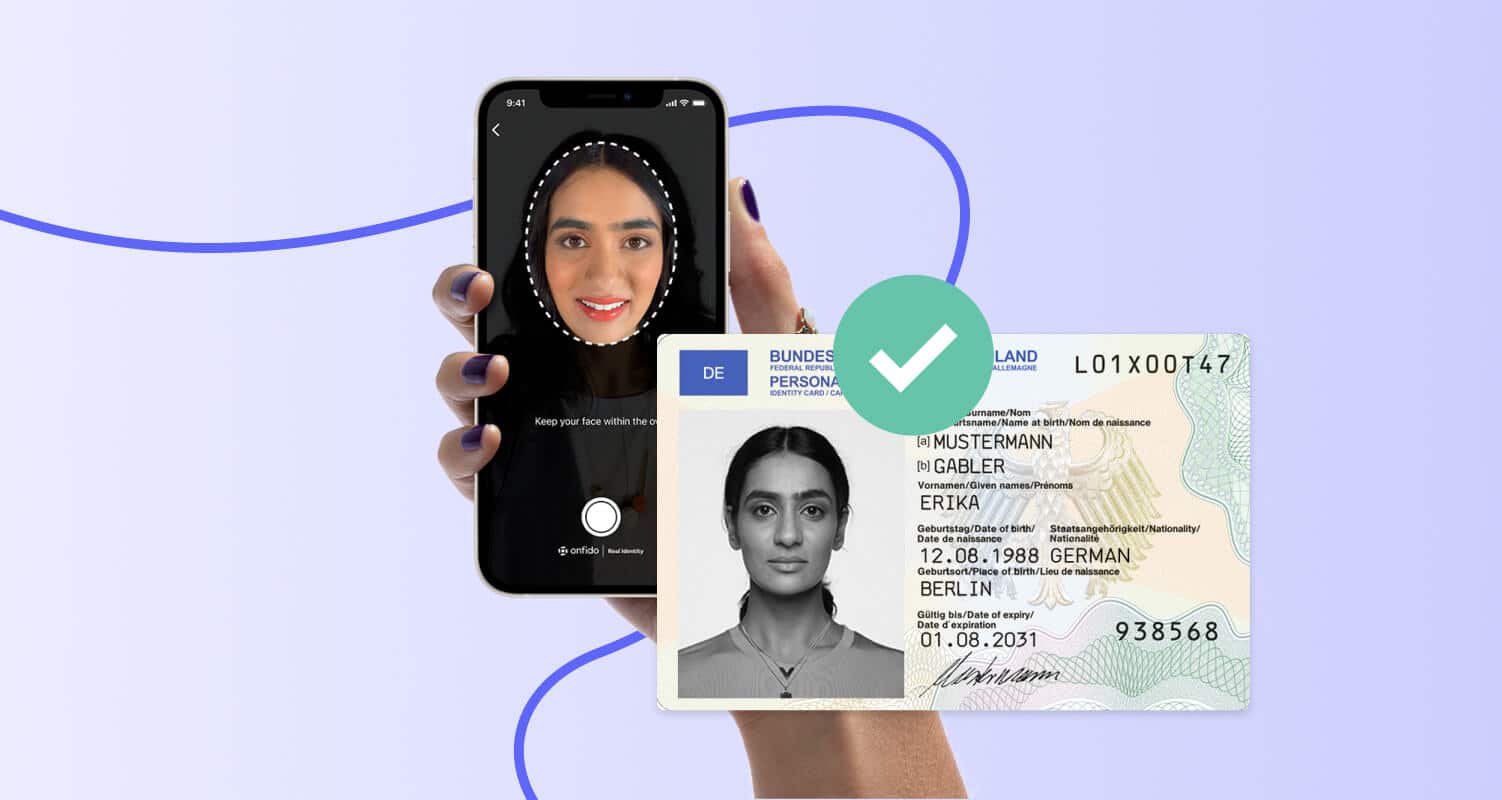
A Complete Guide to the KYC Documents in the Banking Sector
When combating criminal activities and preventing fraudulent crimes, Know Your Customer (KYC), a process that involves verifying the identity of customers, is a significant element and the first proactive step in verification.
KYC documents for banks are not just a safety net but a proactive measure, ensuring that banks’ services are not misused and everything is safe and secure. For instance, KYC helps prevent identity theft, money laundering, and terrorist financing, which can have severe consequences for the banking sector and society. These documents are then verified to ensure their authenticity.
Importance of Verification of Documents in Banks
To confirm an applicant’s identity while opening an account, banks must verify the customers’ documents to ensure they are authentic. Government-issued ID cards, addresses, utility bills, and bank statements are the necessary KYC documents for banks, and they must be verified when onboarding new customers. This proactive approach is not just important; it’s critical to maintaining the integrity of KYC documents for banks.
- Driving License
- Social Security Card
- Passport
- Voter’s Identity Card
- Utility Bills
- Rental Agreements and Contracts for Housing
- Passbook Entries
- Residence Proof by a Notary Public or Government Authority
- Bills of Maintenance
These include the following documents to be included in the verification of KYC documents for banks:
- Bank Account Statement
- Tax Forms
- Recent Pay Stubs
Banks are investing significant time and money due to the increasingly strict requirements of KYC documents for banks. As a bank employee, their role in this process is not just important; it’s invaluable.
Responsibility of Banks in Document Verification
Banks are responsible for collecting and verifying the documents, ensuring they are authentic and meet the KYC documents for banks. Banks’ diligence and expertise make their KYC process effective and efficient, and they are at the forefront of ensuring the safety and security of their services.
Their role is not just about following procedures; it’s about understanding the importance of KYC documents for banks, preventing fraudulent activities, and applying this understanding in their work. When a customer expresses interest in opening an account with a bank, the bank collects the necessary documents, such as a government-issued ID card, address proof, and bank statements.
This verification process, known as KYC documents for banks, is a proactive stance that empowers us to stay ahead of potential criminal activity, ensuring the safety and security of the services. A reliable source of documents is checked through an independent source in KYC to identify and address client needs appropriately, and the client needs to provide original credentials to avail of the required facility as quickly as possible.
Need for Banking Sector Document Verification
Understanding the gravity of their responsibilities in this process is essential.
The banking sector has to deal with lending money and other financial aspects. If they fail to verify the persons appropriately, they can easily fall victim to scams, leading to issues within their system of working directly. This underscores the importance of the KYC documents for banks and each employee’s role in ensuring its effectiveness.
Digital and Manual Document Verification of Documents in Banks
It is challenging for banks to rely on manual verification only as several employees waste the efforts and time of banks by providing missing information in the documents, or sometimes they miss the documents too.
Banking productivity decreases as the manual working process slows, which delays work speed during KYC documents for banks. But nowadays, with the invention of automation tools, this process is becoming quick and efficient, making it less time-consuming.
Automation tools, such as AI-based software and OCR technologies, can extract required data from the documents provided electronically within the system, reducing the risk of human error and speeding up the verification process. This advancement should give you confidence in their ability to handle the KYC documents for banks process effectively and efficiently.
Manual Banking Verification
Document physical copies in terms of PDFs of the bank statements of the user are verified in manual verification. The customer checks the transaction details during KYC documents for banks to make sure that the customer has a good transaction history. Banks have received several applications for KYC documents, and their verification is essential to know whether the person can repay the loan and how credible they are in promptly providing the lending money back.
Automated Banking Verification
AI-based software and tools are used to verify the documents for verification with the banking sector in which humans can only be helped to run the systems. OCR technologies extract required data from the documents provided electronically within the system.
This system includes KYC documents for bank verification, which reads the characters, extracts necessary data from the papers, and helps process them for further work on that data. Different file formats are also converted with the help of that software, as file sharing, access, and viewing are also needed in some verification processes.
Conclusion
Knowing about a customer’s credit value and income helps the banking sector finalize which person should be given a loan or which should not. In the end, the balance needed to be evaluated with the help of checking bank statements along with debit inflows and tracking the customer’s credit limits through KYC documents for banks.
Manually and automated scanning transaction trends ensures that the person is not fake and that the details they offer are accurate. Document verification in the banking system is as necessary as in other industries, and it plays a crucial role in maintaining the integrity of the banking system by preventing fraudulent activities.
